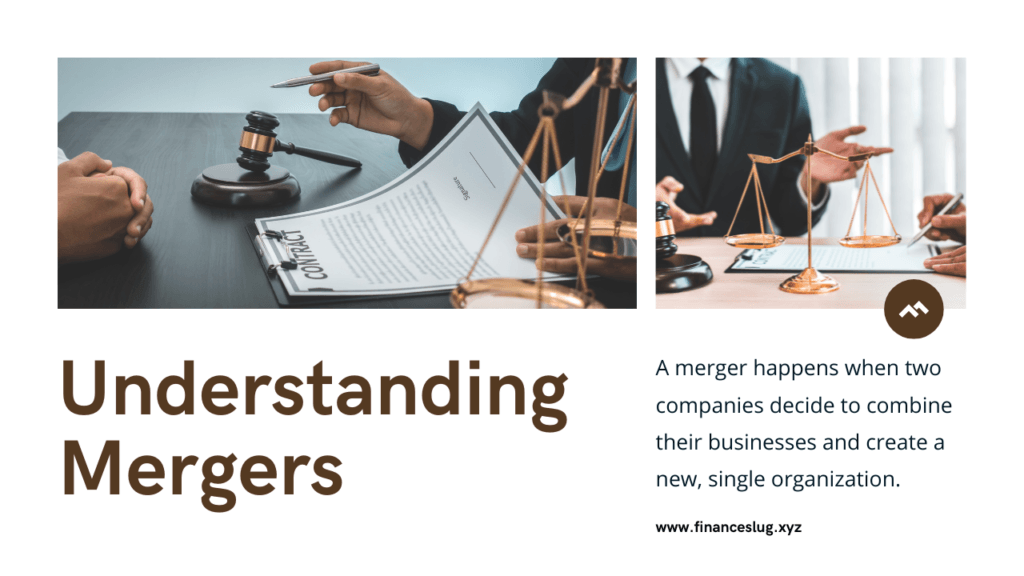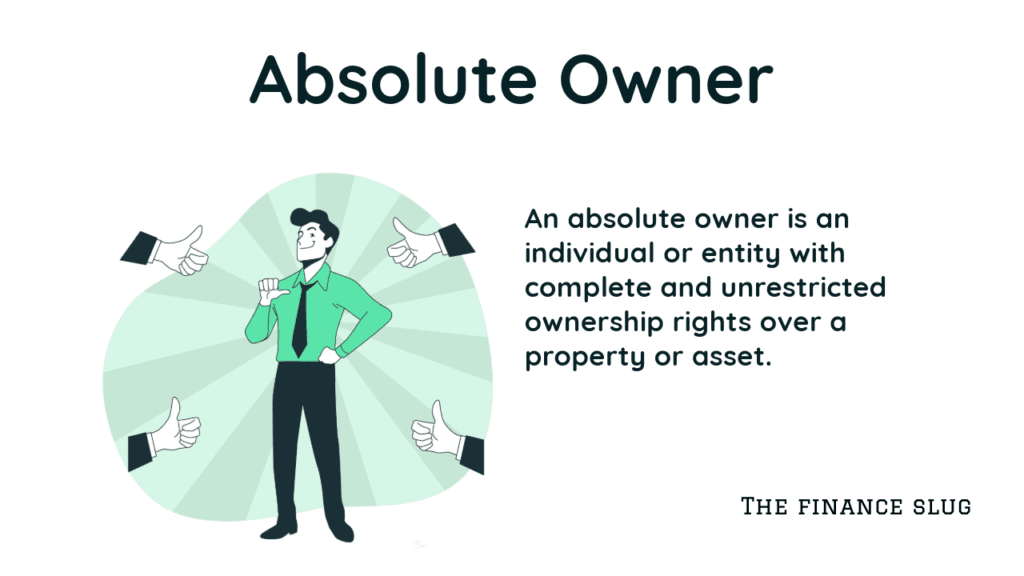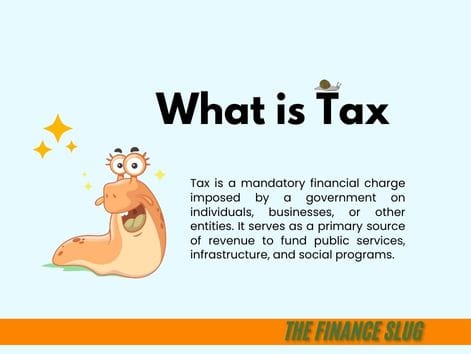
A merger happens when two companies decide to combine their businesses and create a new, single organization. It’s like two separate teams coming together to form one stronger team, pooling their resources, expertise, and strengths to achieve bigger goals. Companies merge for many reasons, such as growing faster, reducing costs, or becoming more competitive in the market.
Mergers are a big step for any business and often involve a lot of planning and negotiation. When done successfully, they can create a powerful new company that’s more efficient and better equipped to handle challenges. However, they can also come with risks and challenges, such as blending different work cultures or facing strict government regulations.
Types of Merger
Mergers are not one-size-fits-all; they come in different forms based on the companies’ goals and industries. Here’s a detailed look at the common types of mergers:
1. Horizontal Merger
A horizontal merger occurs when two companies in the same industry and doing similar work decide to join forces. For example, imagine two popular car companies merging to become one. This type of merger helps reduce competition and allows the companies to share resources like factories or suppliers, making their operations more cost-efficient.
Horizontal mergers are common in industries with lots of competition. By merging, companies can strengthen their market position and potentially dominate their sector. However, regulators often keep a close watch on these deals to ensure they don’t create a monopoly.
2. Vertical Merger
A vertical merger involves companies that operate at different stages of the same supply chain. For instance, a smartphone manufacturer might merge with a company that supplies its screens or batteries. The goal here is to improve efficiency, lower costs, and have better control over the production process.
Vertical mergers can also ensure a steady supply of materials and avoid delays, which is especially important for industries that rely on timely manufacturing. By bringing everything under one roof, companies can streamline operations and even reduce reliance on outside suppliers.
3. Conglomerate Merger
A conglomerate merger is when two companies from completely different industries join together. For example, a food company might merge with a technology firm to diversify its business. These mergers aren’t about combining resources for the same product but rather about spreading risks across multiple industries.
By diversifying their operations, companies can protect themselves from downturns in one industry. However, managing such different businesses under one organization can be challenging and might require strong leadership and strategy.
4. Market-Extension Merger
When two companies offering similar products or services in different locations or markets merge, it’s called a market-extension merger. For example, a US-based fashion brand merging with a European fashion brand can help both companies expand their reach globally.
This type of merger allows businesses to grow into new regions without starting from scratch. It’s a smart way to tap into established customer bases and infrastructure in a new area.
5. Product-Extension Merger
In a product-extension merger, two companies with related or complementary products come together. For example, a soft drink company merging with a snacks manufacturer. By combining their offerings, the merged company can appeal to a larger group of customers and even create package deals.
These mergers are particularly popular in industries like food and beverages, where offering a variety of products under one brand can boost sales and brand loyalty.
Why Do Companies Merge?
Mergers offer several benefits that can help companies achieve their goals more efficiently. Let’s explore these advantages in detail:
1. To Save Money
When two companies merge, they can eliminate duplicate processes, cut down on unnecessary expenses, and make better use of shared resources. For instance, merging companies can share office spaces, combine supply chains, or reduce overlapping staff positions, resulting in significant cost savings.
2. To Grow Faster
Mergers can help businesses grow quickly by expanding their market reach, product offerings, or operational capacity. For example, if a company wants to enter a new region or industry, merging with an established business in that area is often faster and less risky than starting from scratch.
3. To Strengthen Market Position
By merging, companies can reduce competition and become more powerful in their industry. A larger, merged company has more resources to invest in innovation, marketing, and customer service, making it harder for competitors to keep up.
4. To Diversify and Reduce Risks
Mergers also allow companies to diversify their operations. For example, a tech company merging with a healthcare firm can spread its risks across two different industries. If one sector experiences a downturn, the other can help keep the business stable.
5. To Access New Resources and Expertise
When companies merge, they gain access to each other’s resources, technology, and skilled employees. This combination can lead to innovation and improvements in how the business operates. For example, a traditional retail company merging with a tech-savvy e-commerce business can learn to better use digital tools to boost sales.
Challenges of Mergers
While mergers offer many benefits, they’re not without challenges. Here are some common hurdles companies face during the process:
1. Cultural Differences
Each company has its own way of working, from management style to employee expectations. When two companies merge, these differences can cause conflicts, especially if employees or leaders struggle to adapt to the new culture. For example, a relaxed tech startup merging with a formal corporate firm might face challenges blending their work environments.
2. Regulatory Barriers
Governments and regulatory bodies often review mergers to ensure they don’t create monopolies or harm consumers. If regulators believe the merger will reduce competition too much, they can block it or impose strict conditions.
3. Employee Concerns
Mergers often bring uncertainty for employees. People might worry about losing their jobs, facing changes in roles, or adapting to a new work culture. This fear can lead to lower morale and productivity during the transition.
4. Financial Risks
If companies overestimate the benefits of a merger or fail to integrate effectively, it can lead to financial losses. For example, a merger that looks good on paper might fail if customers don’t respond well to the changes.
Real-Life Examples of Mergers
- Disney and Pixar (2006): This merger brought together Disney’s storytelling and marketing strength with Pixar’s cutting-edge animation technology, creating some of the most memorable animated movies.
- Amazon and Whole Foods (2017): Amazon entered the grocery industry by merging with Whole Foods, combining online shopping expertise with physical store locations.
- Exxon and Mobil (1999): Two energy giants merged to form ExxonMobil, becoming one of the largest oil and gas companies in the world.
Regulatory guidelines on mergers and their compliance requirements.
SEC (U.S. Securities and Exchange Commission) – Guidance on Mergers
Final Thoughts
A merger is like two companies teaming up to create something bigger and better than what they could achieve alone. It’s a powerful strategy for growth, innovation, and survival in competitive markets. However, mergers also require careful planning, clear communication, and strong leadership to succeed.
Understanding mergers helps us see how businesses adapt, grow, and evolve to meet new challenges and opportunities. For more insights into business and finance, visit Financeslug.xyz—your trusted source for simple, clear, and helpful explanations.
Related Articles
Understand Why Merger and Acquisition Take Place?
Acquisition: Meaning, Process, Benefits, and Challenges
Mergers and Acquisitions (M&A): Types, Effect & Benefit
- Stock Market Crash Today: A Bloodbath on Monday – What You Need to Know
- Wall Street Bonuses Reach Record $47.5 Billion in 2024, Up 34% from Previous Year
- How to Convert Delimited CSV Data into Columns in Excel
- Harvard University Announces Free Tuition for Families Earning $200K or Less
- Eli Lilly’s 1.8B Dollar Investment in Weight Loss Drugs
- Forever 21 Files for Bankruptcy Again: The End of an Era in Fast Fashion?
- Accredited Asset Management Specialist (AAMS): Everything You Need to Know
- What is Central Bank Digital Currency (CBDC)? Benefits, Risks & Future
- Accounts Receivable Financing: What It Is & How It Works
- Accounts Receivable Aging: Definition, Importance & Best Practices


Pingback: Mergers and Acquisitions (M&A): Types, Effect & Benefit
Pingback: Acquisition: Meaning, Process, Benefits, and Challenges
Pingback: Understand Why Merger and Acquisition Take Place? -